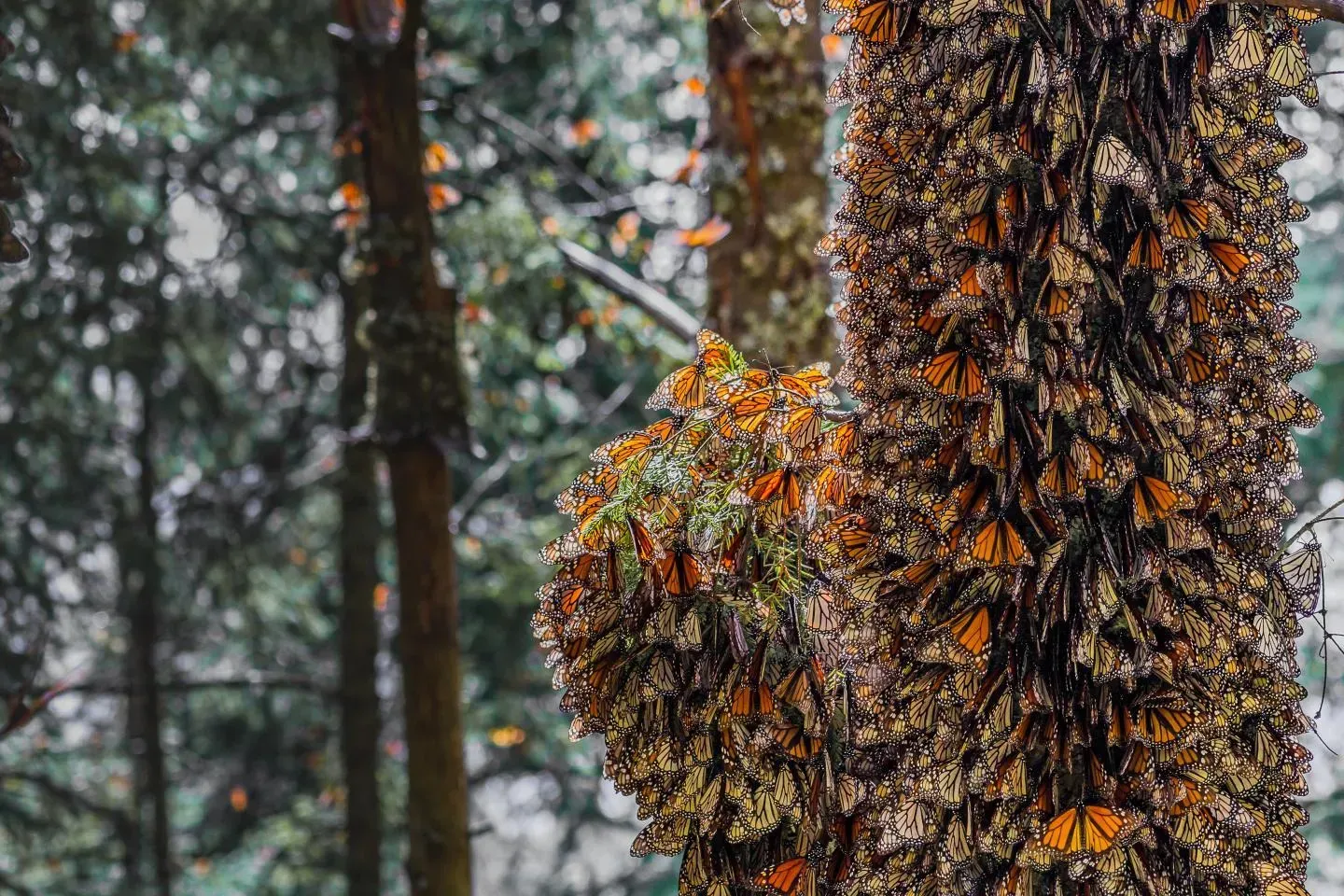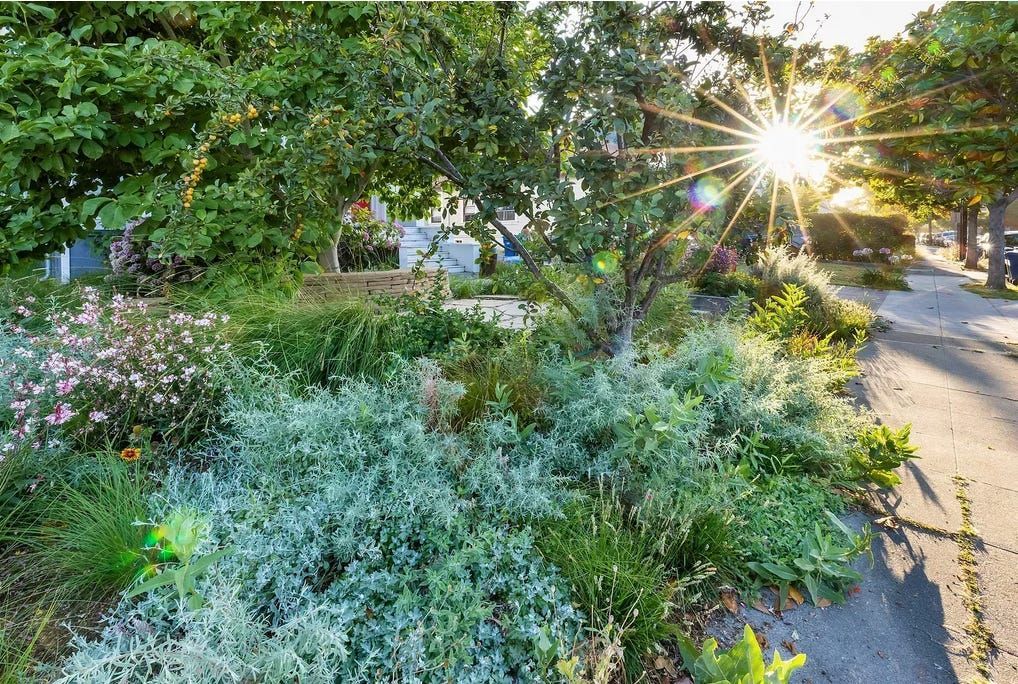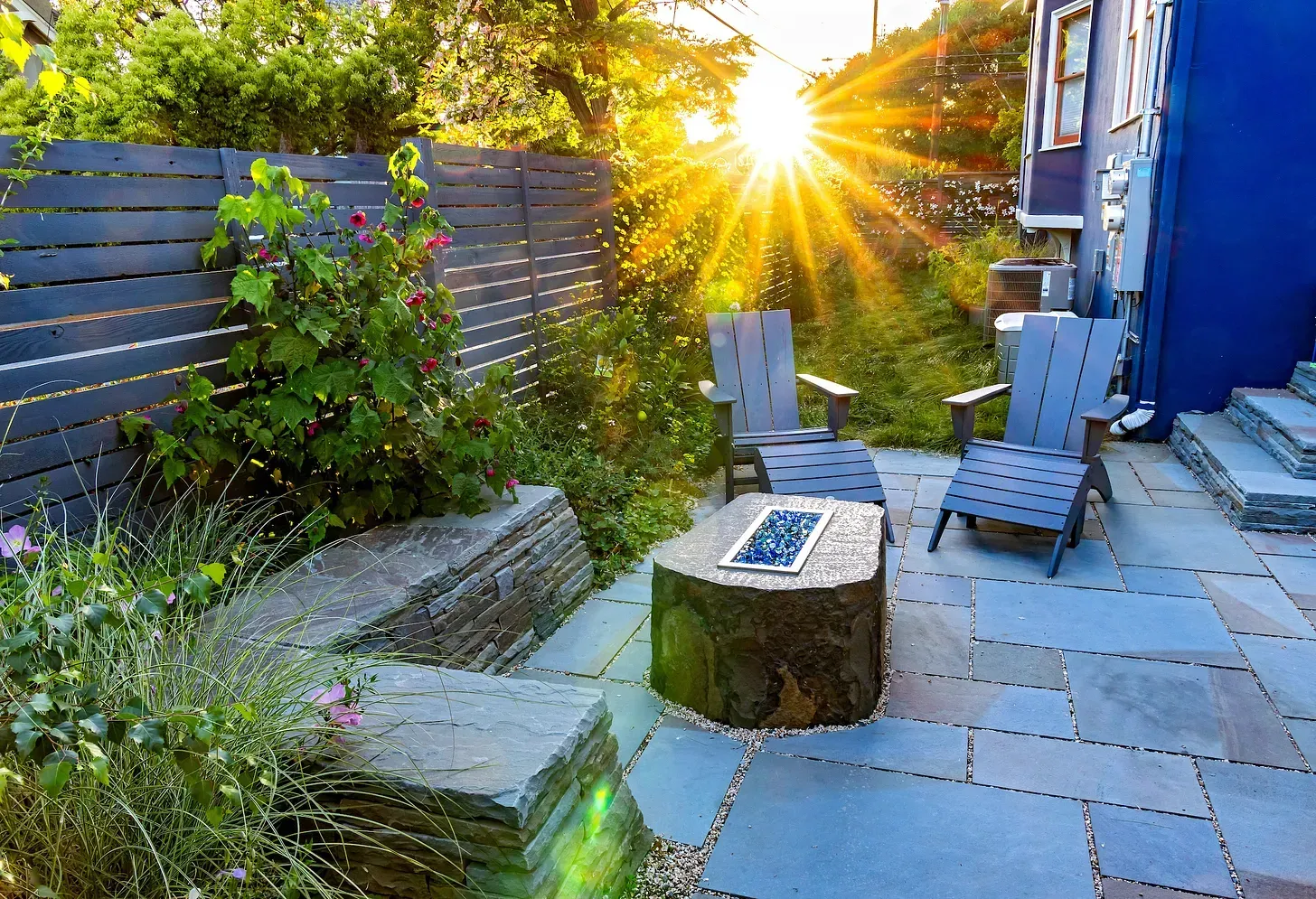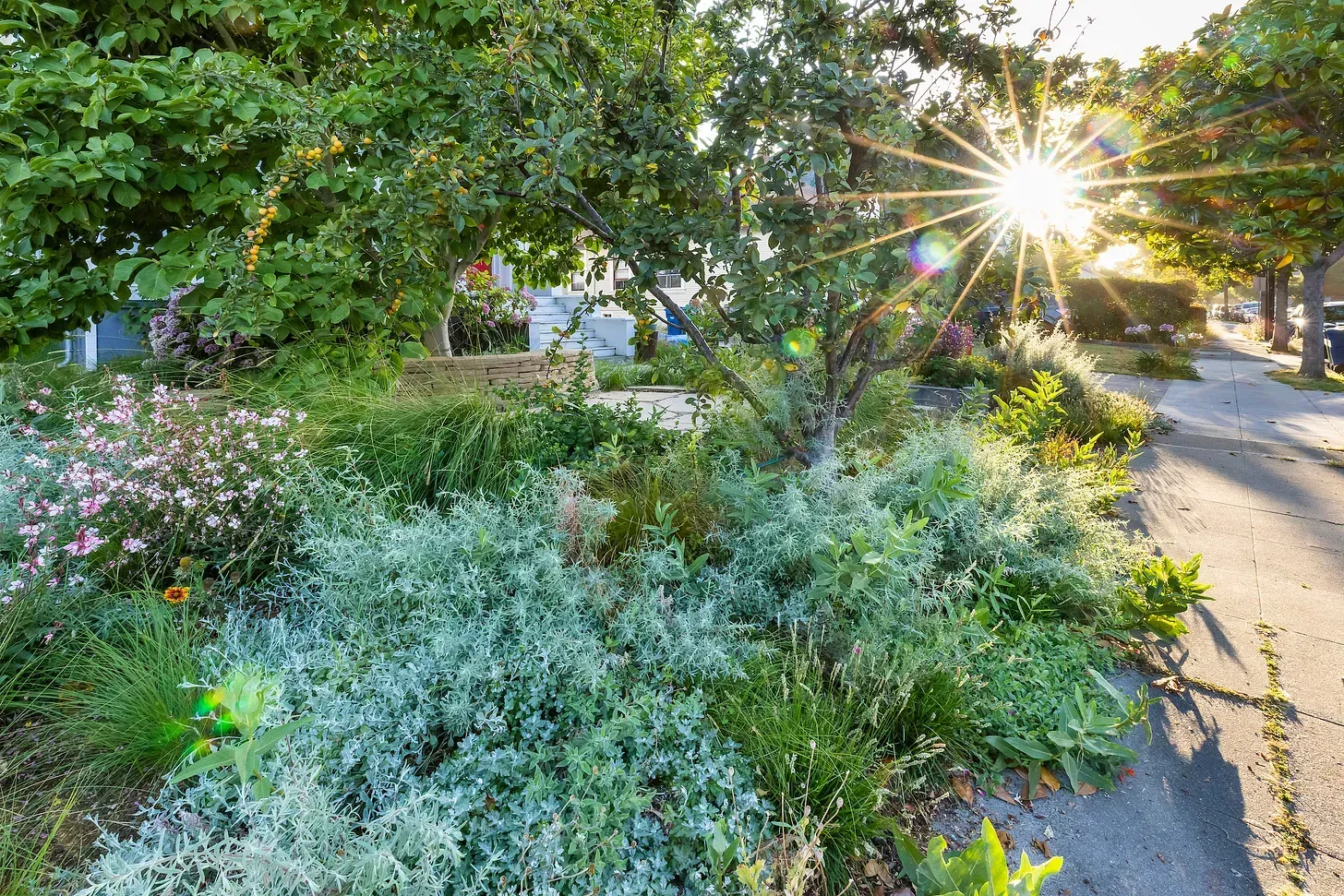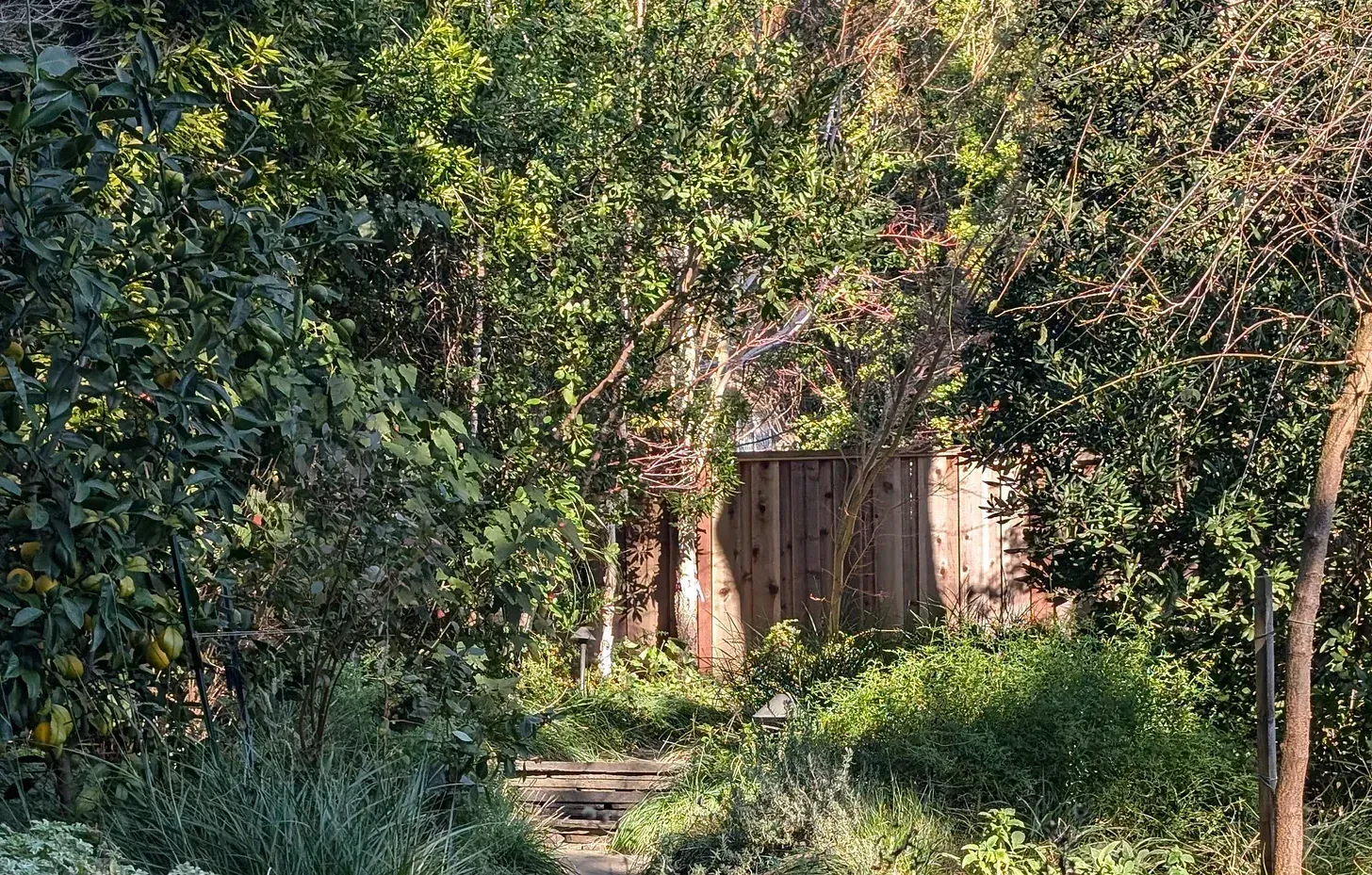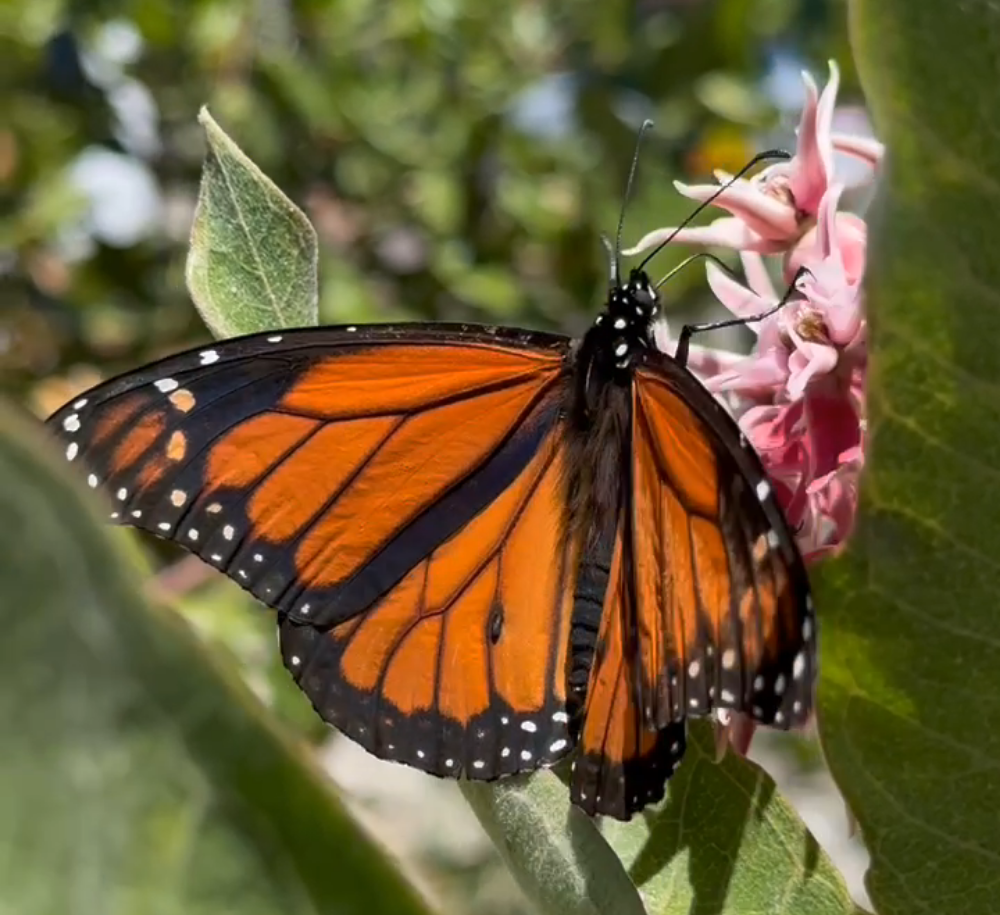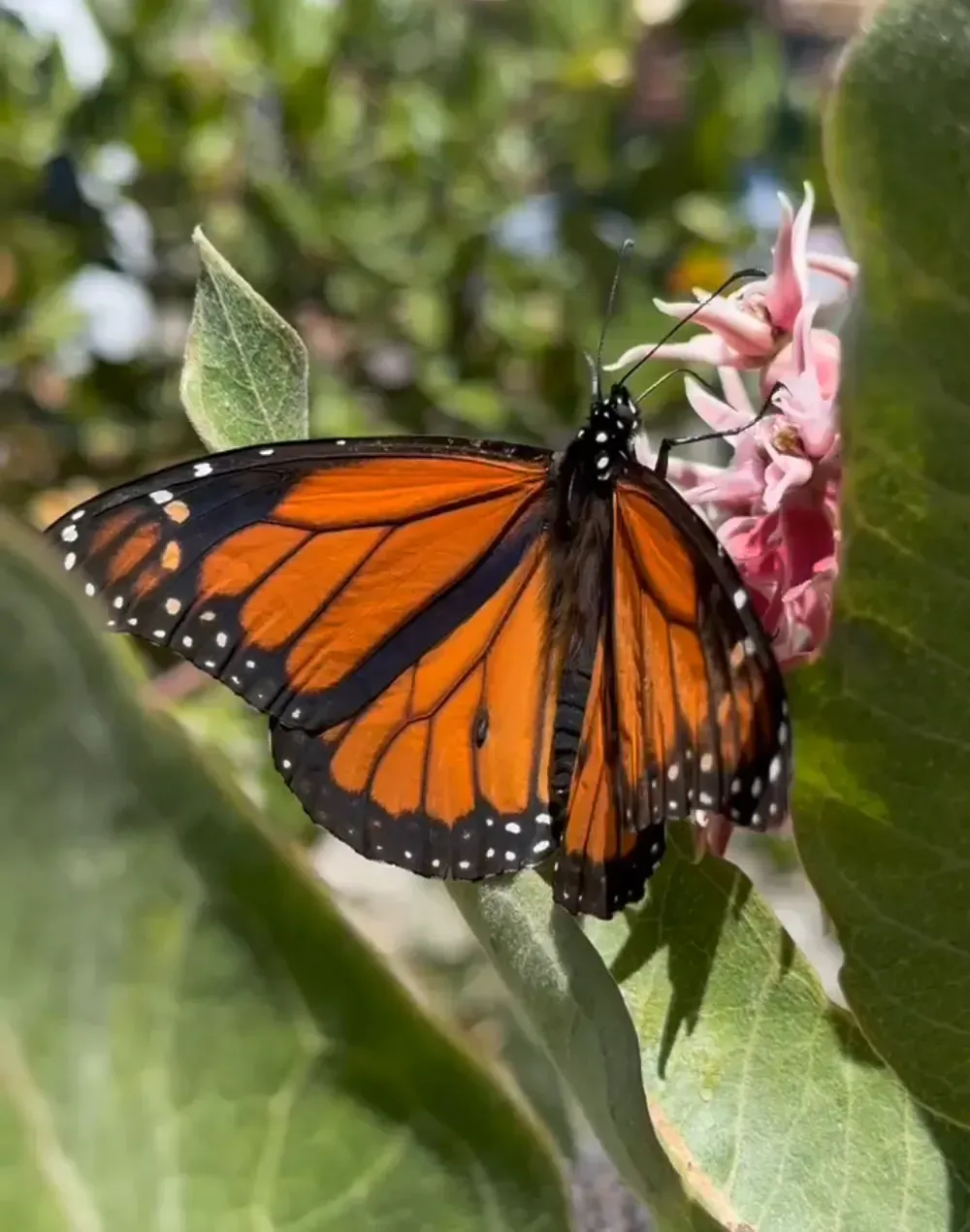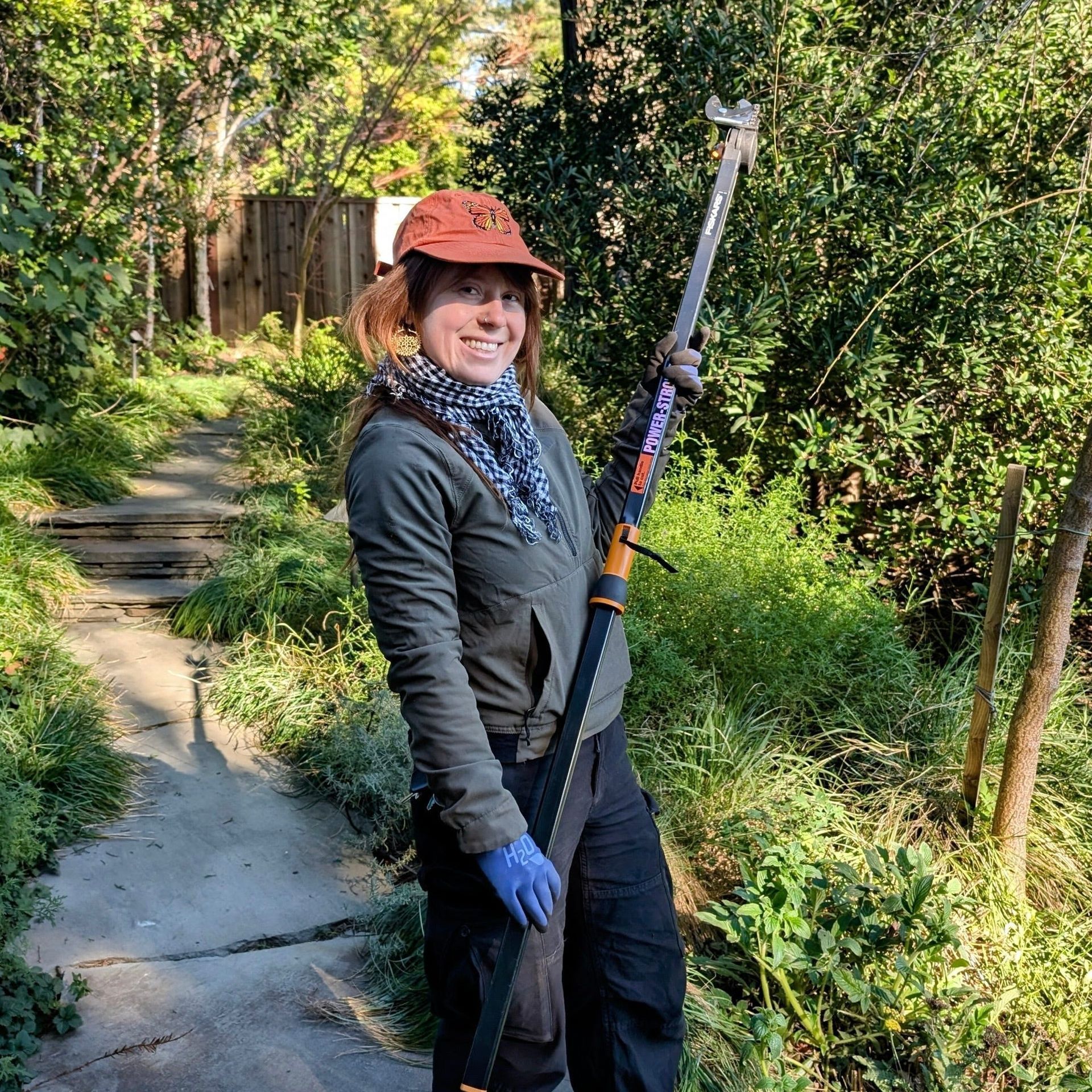Pruning for Health and Seasonal Interest
At Mariposa, we have a particular way of working with plants that is geared toward understanding and honoring the nature of each species. It can take a long time to learn each plant, but a few tips on ways to “listen to plants” can help all gardeners become more skilled in the art of pruning. When we say “listen” what we mean is to observe them and the way they grow closely. This practice means you don’t necessarily have to read a book on how to prune each plant (though that is also very helpful and highly recommended--especially for fruit); instead, you can find patterns in the way certain plants grow that can be applied to a number of species.
There are some general rules of pruning, however, and this post covers the basics that you can use to get started on pruning most of the trees, shrubs and perennials in your garden.
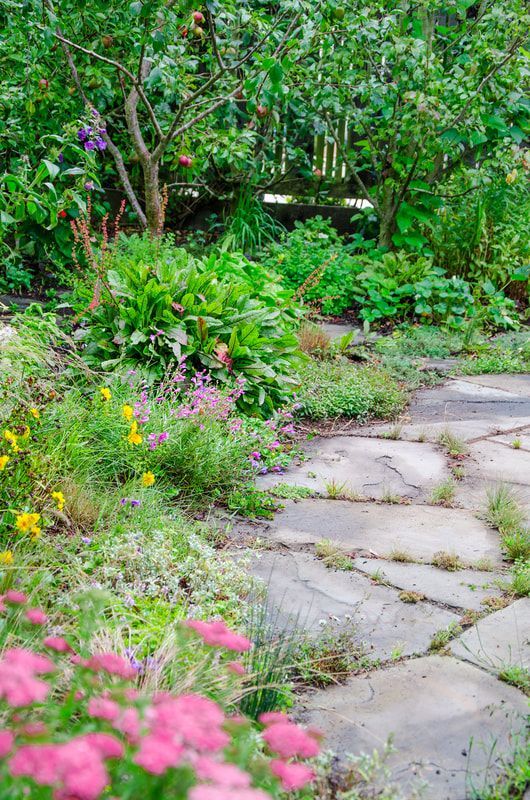
The Rules of Pruning
To prune properly, when you cut a plant’s branches or stems, always cut a little bit above a growth node, where the bark tends to get squishy or shows a bit of a ring. Just above that bark change is where the cells on the bark can generate a healthy cover to the wound. Growth nodes are the points on the stem where buds, leaves and branching twigs originate. They usually look like little brown, green or reddish nubs just poking out from the stem. Cuts should be made at a 45 degree angle and angled away from the node or bud, so that water can shed away from the plant. The drawings below show you how to cut depending on whether the plant has buds that alternate on the stem, or are opposite to each other.
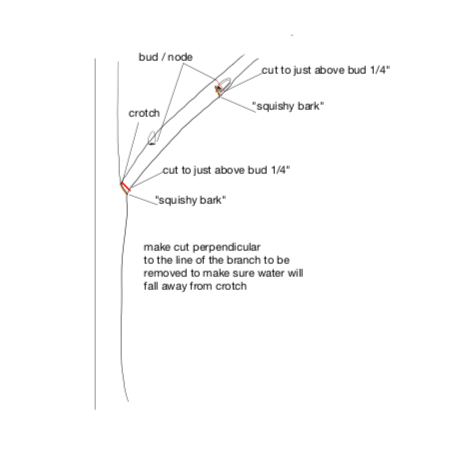
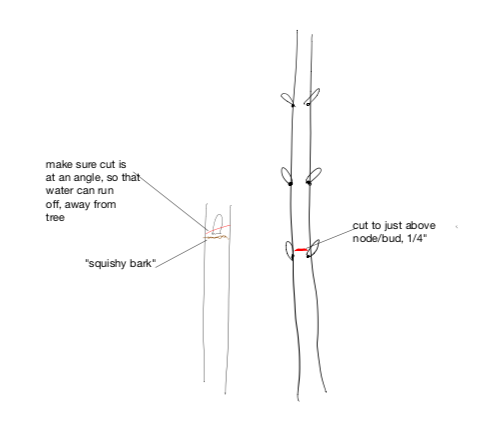
The first rule of pruning is to look for the 3Ds: dead, diseased or damaged. Depending on the health of the tree or shrub to be pruned, this work can range from a small amount of clean up, to taking out a lot of material, especially if the tree or shrub has been improperly pruned in the past. If you have a tree or shrub that is congested with dead growth, that may be your main pruning task.
If your tree or shrub has minimal 3Ds, you can move onto the next phase, keeping in mind the second rule of pruning: Never take off more than ⅓ of the tree or shrub. If you take off more you can damage or even kill your plant.
Once you have taken control of the 3D’s, and you have some live plant left to work with, you can start removing crossing branches. This is particularly important for fruiting varieties, roses, and other trees and shrubs that need good air circulation. You want to focus on the branches that cross, especially in the middle of the plant, because they can invite pest and disease issues in the spot where the branches touch. This spot tends to decay, as if it is damaged or dead, which opens up an environment for pests and disease to move in.
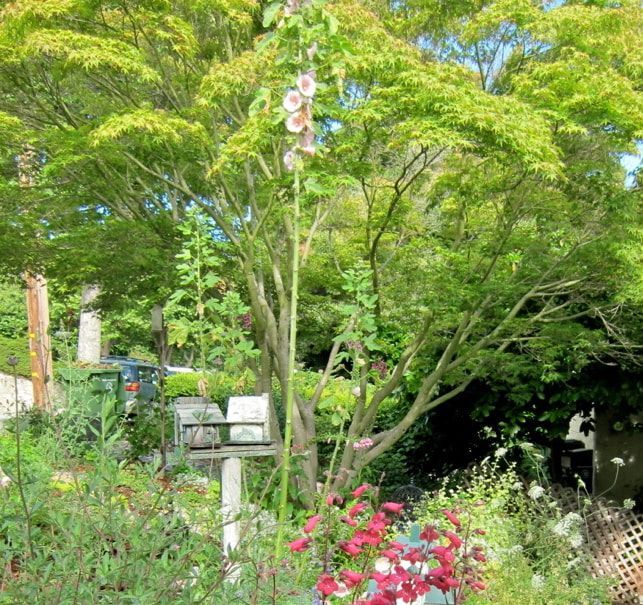
If you have a lot of crossing branches in the middle of your plant, you will need to take the branches down to the Point of Origin (or the POO). Sometimes, the POO is at the base; sometimes the branch comes into the trunk or a to a main branch, stemming from the base. Either way, taking branches back to the POO discourages the build up of more branching in the middle of the tree or shrub, which is how plants get congested and how extreme dieback occurs.
If all of the 3D’s are taken care of, and there are no crossing branches, it’s time to start shaping. This is a more complicated aspect of pruning, and requires some experience in the cause and effect of cuts. A typical shaping issue involves a branch or branches sticking out into an entrance or a walkway. Our instinct is to cut the overreaching branch back to where we want it to be. However, said branch is likely to sprout several other branches on the nodes directly below the cut, creating an even more congested feel once those branches start to mature. Again, the POO is the rule. Taking the branch that is overreaching back down to its POO eliminates the threat of branches emerging from the lower nodes. It also gives the tree or shrub an opportunity to put more energy into branches that are growing at a more desirable height. So, when shaping, consider the entire branch, and the effect the cut will have on the future growth of the plant. Every cut has a consequence.
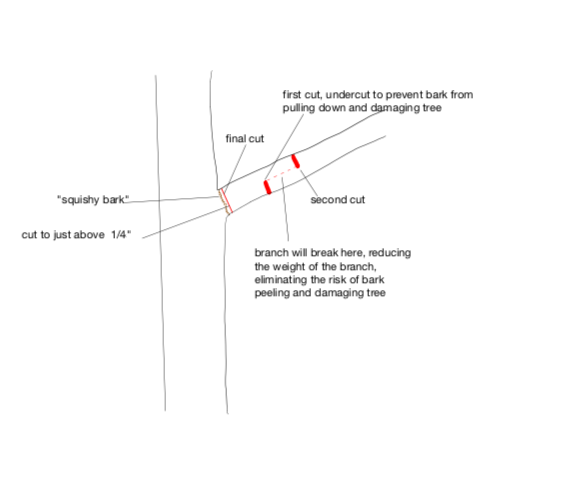
Basic botany: how pruning works to stimulate plant growth
Just like most living organisms, plants have hormones that determine their growth patterns. We can control how a plant grows by understanding how to stimulate plant hormones with careful pruning.
Cutting back lower branches or stems stimulates the hormones that control the upward growth and the height of the plant. If you want a plant to grow taller, or to produce more main stems from the base, remove the lower branches or branches at the base and the remaining stems or branches will grow taller, rather than bushier.
If you want a plant to grow in fuller, use tip pruning, which means cut back the tips of branches or stems. Tip pruning stimulates growth on the nodes that are just below the cut. Some plants will grow heavily in the 2-3 nodes below the cut, some plants will show stimulation down the whole branch. Either way, a tip prune promotes bushy growth.
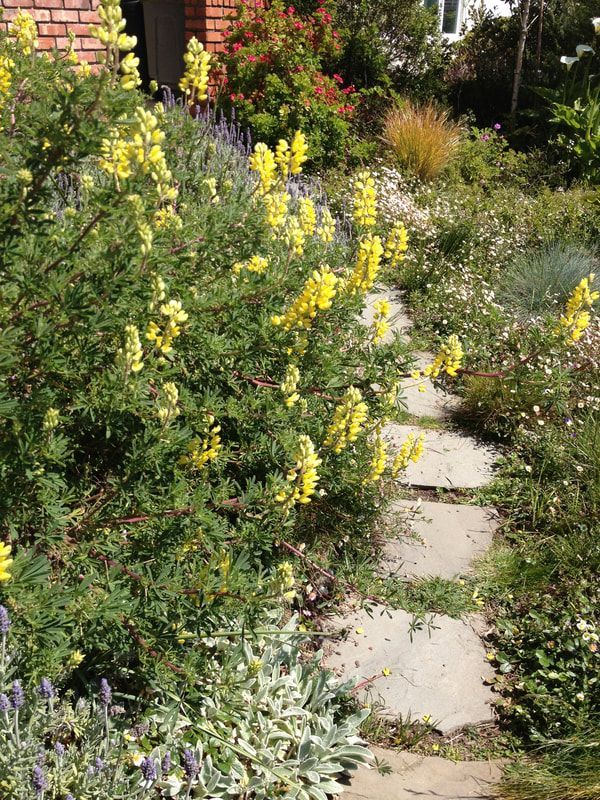
Where you cut will be determined by where you want the growth to be concentrated. For example, if you have a “lopsided” tree or shrub with uneven bushiness on one side, you might be tempted to cut back the full side, in order to give the thin side a growth advantage. However, a hard prune like that on the bushier side is only going to promote more branching and more growth. In this case, we need to take a very counter-intuitive approach and do a harder prune on the thin side, knowing that each cut will increase the branching below the cut. The heavy side may get a few select cuts on branches that are large, or on branches that are smaller but grow too close or in the wrong direction. These cuts are taken back to the POO so they won’t create side shoots.
Careful pruning of trees, shrubs and vines (like this wisteria) will reward you with beautiful greenery and spectacular flowers.
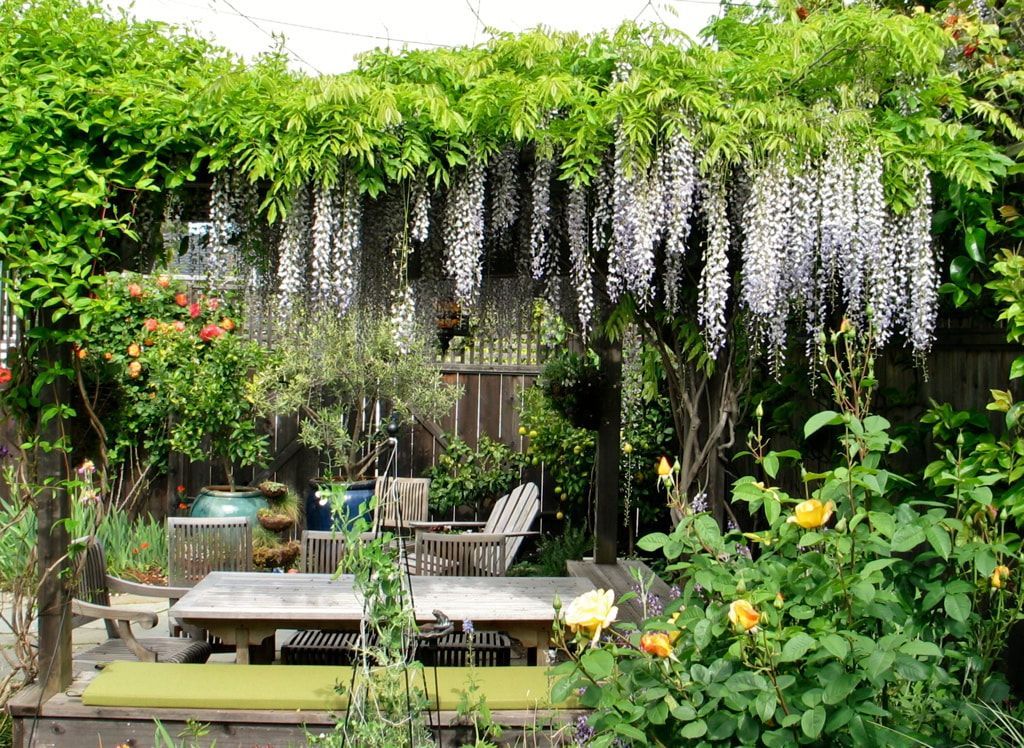
Pruning fruit trees
At this time of year, we focus on pruning fruit trees. Fruiting trees can also be summer pruned, but the most popular time of year for pruning fruit trees is winter, before the buds break. Here in the Bay Area, because of our wet rainy winters, we like to wait to prune until as late in the season as possible (the exact timing depends on the fruit). Rain and moisture on a fresh cut can increase the possibility of fungal diseases. That said, waiting too long, after the buds have begun to break can also be hard on fruit trees.
The important thing to know, when pruning fruit trees, is whether they are tip bearing or spur bearing. Some trees produce their flower buds and fruit on the tips of branches, right at the end, instead of on fruiting spurs situated along the branch. Some fruit trees, such as apples, have both tip bearing and spur bearing varieties. Most fruit trees found in local nurseries are spur-bearing, as shown in the picture below, but it is important to be able to tell the difference, because the pruning techniques are quite different. Pruning a tip bearing tree in the wrong places will reduce its fruiting capacity.
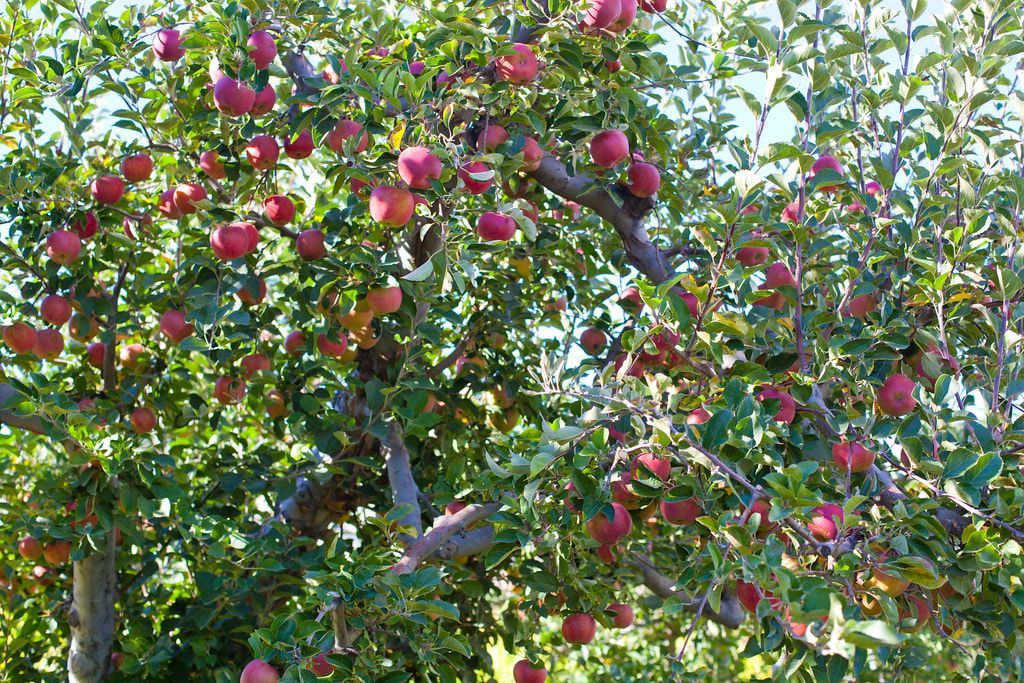
In a spur bearing tree, cut the branch leaders by one quarter of the year’s growth, to an outward facing bud. In addition, prune strong lateral branches down to just 4-6 buds, to encourage fruiting spurs.
In tip bearing trees, cut the branch leaders by one quarter only, also to an outward facing bud. The remaining side shoots should stay unpruned, unless badly damaged, as they will bear the fruit for the coming year.
Now is the time
February is a great month to prune your trees and shrubs so they'll be ready to grow vigorously in the spring and summer months ahead. It's a good time to add organic amendments such as compost, mulch, and worm castings to the soil, too, to feed your garden's green inhabitants as they get ready for the latest cycle of growing, flowering, and creating fruit and seeds.

